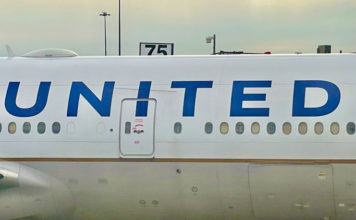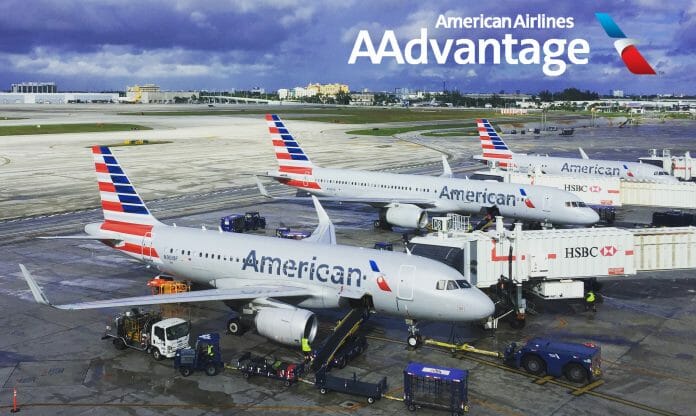
TravelingForMiles.com may receive commission from card issuers. Some or all of the card offers that appear on TravelingForMiles.com are from advertisers and may impact how and where card products appear on the site. TravelingForMiles.com does not include all card companies or all available card offers.
Some links to products and travel providers on this website will earn Traveling For Miles a commission which helps contribute to the running of the site – I’m very grateful to anyone who uses these links but their use is entirely optional. The compensation does not impact how and where products appear on this site and does not impact reviews that are published.
From time to time, when I find a particularly good OneWorld fare (or set of fares), I’ll write a post highlighting the routes on which the fare(s) can be found and detail out how many AAdvantage Elite Qualifying Miles (EQM), Redeemable Miles (RDM) and Elite Qualifying Dollars (EQD) can be earned by booking these fares. I’ve had a number of requests to explain how I work out how many EQDs each fare earns so here is a guide explaining just how American Airlines calculates how many Elite Qualifying Dollars to award for trips credited to AAdvantage.
What Are AAdvantage Elite Qualifying Dollars?
One of the recent major devaluations we have seen to the American Airlines AAdvantage program has been the introduction of minimum spend criteria for elite status. As of this year it’s not enough to fly a set number of miles to get elite status in the AAdvantage program – you have to fly the miles AND earn a predetermined number of “Elite Qualifying Dollars” (EQDs) before the airline will reward you with AAdvantage status.
The current number of EQDs required to reach the various AAdvantage elite status levels is as follows:
Calculating AAdvantage Elite Qualifying Dollars On Flights Booked Through American Airlines
If you want to know how many EQDs you’ll earn for a trip you’re in the process of booking American Airlines has been particularly helpful – your earnings are shown on the “review & pay” page just before you hand over your credit card details:
If you don’t want to do a dummy booking, or if you’d like to know how many EQD you’ll earn for a trip you’ve already booked, then this is the formula you’ll need:
EQD = Fare Paid in USD – (Taxes + Non-airline fees)
However, from what I can tell, it’s not possible to see what taxes and non-airline fees are included in your fare after you’ve paid for it so, unless you’ve made a note of how much they are, you’ll have to estimate them.
Calculating AAdvantage Elite Qualifying Dollars On Flights Booked Through Partner Airlines
This is where things get a little more complicated but, once you understand the basic premise, it’s actually quite easy to work out how many EQDs you’ll earn.
Because American Airlines hasn’t got access to partner airline data AAdvantage cannot perform the same calculation it uses for flights booked through American when travellers book flights directly through partner airlines (and then credit those flights to AAdvantage)…..so a different methodology is used.
For partner airlines EQD is calculated using the following formula:
EQD = Distance traveled x a percentage based on the fare code
American Airlines has a table for each partner airline showing what percentages should be used in the formula above. As an example this is what the British Airways table looks like:
You can find tables for all American Airlines partner airlines via this link.
So how does this work in practice?
There are three variables in the formula I’ve provided:
- Fare code
- Distance traveled
- Percentage to apply
Let’s take the following British Airways itinerary as an example:
Fare Codes:
Most of American’s partner airlines make the fare codes pretty simple to find when you’re booking a flight through them – here’s an example from Qatar Airways:
And here’s an example from Cathay Pacific:
But for some, like British Airways, it’s not quite so obvious and you need to dig around a bit to find them (see this post on finding British Airways and American Airlines fare codes)
In this case these are the British Airways fare codes for each of the four segments in the itinerary:
- ORY – LHR: Fare code S
- LHR – LAX: Fare code N
- LAX – LHR: Fare code O
- LHR – ORY: Fare code S
Distance Traveled:
I use a site called Great Circle Mapper to calculate the distance for each leg of the itinerary – you’ll just need to know the airport codes for your trip and you’re all set:
Percentages To Use In The Formula:
Now that I have the fare codes and the American Airlines table showing the British Airways percentages for each fare code I know which to use in the formula.
- ORY – LHR: Fare code S = 10%
- LHR – LAX: Fare code N = 10%
- LAX – LHR: Fare code O = 5%
- LHR – ORY: Fare code S = 10%
Applying All Of This Information To The Formula
On a segment by segment basis:
- ORY – LHR: 228 miles x 10% = 23 EQD
- LHR – LAX: 5,456 miles x 10% = 546 EQD
- LAX – LHR: 5,456 miles x 5% = 273 EQD
- LHR – ORY: 228 MILES X 10% = 23 EQD
TOTAL EQD = 865
Like I said, it can appear complicated….but it really isn’t. You just need to have all the bits of the formula ready and then you input the figures into the formula to get the answer.
Important Note
The airline you BOOK your trip through is all important, the airline(s) you TRAVEL on are irrelevant.
Continuing with the example of the British Airways itinerary from above you should be able to see that two of the segments are booked to be flown on American Airlines….but that has no bearing on how EQD for this trip is calculated.
Because the trip is being booked through British Airways we have to use the “Partner EQD” methodology to calculate the number of Elite Qualifying dollars the trip will earn.
Hopefully this guide has helped but if anything is unclear of if you have further questions just let me know in the comments section below.








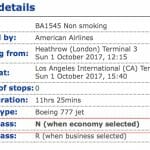
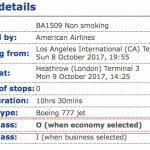
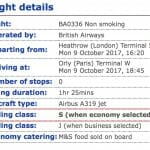

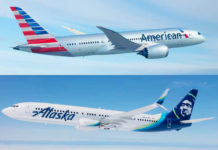
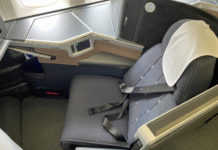
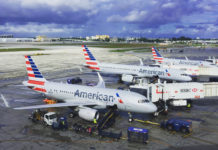



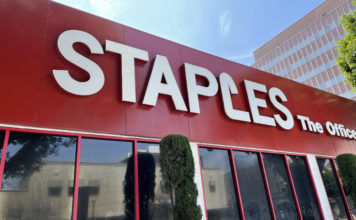
![The ideal 4 card American Express Membership Rewards team [Updated] a glass door with a picture of a man](https://travelingformiles.com/wp-content/uploads/2021/06/Amex-Centurion-Lounge-SFO-featured-741-356x220.jpg)

